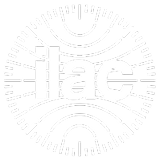Inspection News
Full Inspection or Sampling? A Practical Guide to Selecting the Right Inspection Type
Buyers should determine the appropriate inspection type by evaluating the specific characteristics of the product, the available budget, and the level of risk they are willing to accept. Selecting the right inspection strategy not only safeguards product quality but also enhances the efficiency of the overall supply chain.
In the context of international trade, it is common for buyers to engage third-party inspection companies to perform product quality inspections before shipment. This approach helps ensure that the products comply with contractual specifications and reduces the likelihood of quality-related issues.
Pre-Shipment Inspection (PSI) typically includes two main types: Full Inspection (100% Inspection) and Sampling Inspection. Choosing the most suitable type of inspection plays a critical role in balancing quality control, cost considerations, and operational efficiency. Drawing from our inspection experience, below are the essential factors that buyers should take into account when deciding which inspection method to use:
Product Unit Price
The value of the product significantly influences the inspection type.
For high-value items, a Full Inspection is highly recommended. This method ensures each individual unit is thoroughly checked, providing complete assurance of quality and reducing the risk of financial loss due to defective items.
In contrast, for low-cost, mass-produced products, Sampling Inspection tends to be more economical and practical while still offering a dependable evaluation of the product’s overall quality.

New Supplier or New Product
When dealing with a new supplier or launching a new product, we advise opting for a Full Inspection.

New suppliers may lack a proven track record in consistent production and quality management, and newly developed products may still be subject to manufacturing instability or flaws in workmanship. Conducting a Full Inspection at this stage gives buyers a clearer understanding of the supplier’s true capabilities and helps establish a strong foundation for long-term cooperation.
Packaging Complexity, Material, and Product Characteristics
The decision on inspection type can also be influenced by the packaging method and the physical nature of the product.
For products that are delicate, fragile, or prone to damage during handling, a Full Inspection might lead to unintended wear, scratches, or deformation. In such cases, a Sampling Inspection is generally the better option, as it minimizes the handling involved while still delivering an accurate assessment of quality.
Product Application and Appearance Requirements

How the product will be used and the level of importance placed on its appearance are crucial factors.
If the product is intended for direct consumer use and is expected to meet high visual or aesthetic standards (such as gifts, decorative items, or premium merchandise), a Full Inspection is recommended. Even minor cosmetic imperfections can impact customer satisfaction and brand perception.
However, for products such as industrial parts or components used internally where appearance is not a critical factor, Sampling Inspection is typically sufficient for evaluating quality consistency.
Conclusion
To summarize, Full Inspection is ideal for high-value goods, new suppliers or newly developed products, and items requiring stringent appearance standards. Sampling Inspection, on the other hand, is better suited for large-quantity, intricate, or fragile products.
Buyers should assess product features, cost limitations, and acceptable risk thresholds when choosing the inspection method. An effective inspection strategy contributes not only to product quality assurance but also to greater efficiency across the supply chain.
If you need professional consultation regarding inspection services, please don’t hesitate to contact VIS Quality Control.











